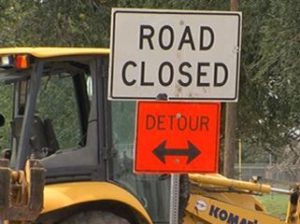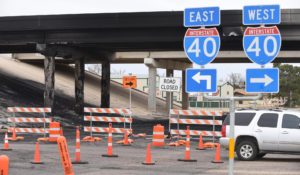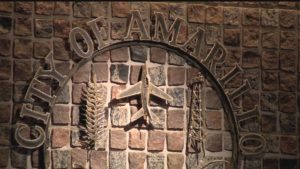It’s hard for me to believe that at one time many residents of Amarillo and the rest of the Texas Panhandle felt “ignored” by the powers that be way down yonder in the state capital in Austin.
Every now and then I still hear the occasional gripe that Austin doesn’t give a damn about Amarillo, or the Panhandle, or those who live there. Those who say such things — or think them privately — need to get out more.
I’ve moved away from there but I return on occasion with my wife. I am amazed at what I see transpiring along the city’s major highways.
I see dozens, maybe hundreds, of work crews toiling to renovate Interstates 40 and 27. I see dozens of trucks, front-end loaders, backhoes, road-grading equipment and assorted vehicles of all shapes and sizes with “Texas Department of Transportation” decals plastered on the doors.
No longer can anyone with a straight face complain about Amarillo being “ignored” by the state.
I don’t know what the dollar figure is on all this work, but it’s got to be in the mid- to high eight figures.
A former state legislator, Republican David Swinford, was known to grumble out loud about the lack of attention Austin was paying to the Panhandle. I arrived in Amarillo in January 1995 to become editorial page editor of the Amarillo Globe-News. I met the Dumas lawmaker shortly after arrival and asked him whether it was true — as I had heard — that he wanted to split the Panhandle off from the rest of the state. Swinford didn’t deny it categorically and said that he was miffed that the state didn’t pay the Panhandle enough attention.
Well, I guess my old buddy David Swinford has seen his wishes come true.
These work crews are tearing up the highways, not to mention along Loop 335 along the southwest corner of the city. Eventually, TxDOT will begin work extending the loop along Helium Road about a mile west of Soncy Road.
I look forward to watching this all take shape from some distance — except when my wife and I return to do battle along the I-40 as we enter from the east.
You’ve heard it said to “be careful what you wish for”? These days, the grumbling I hear in Amarillo speaks mostly to there being too much attention being paid by the state.


